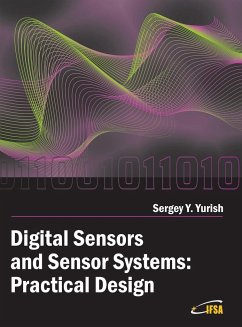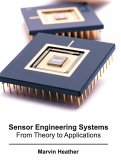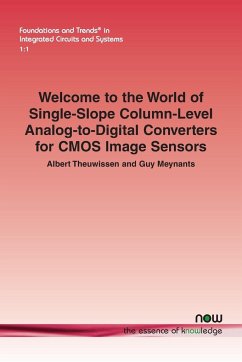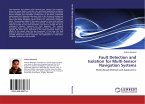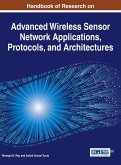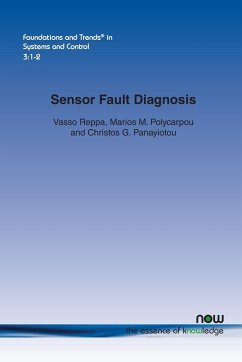Digital Sensors and Sensor Systems: Practical Design - is an outstanding and most completed practical guide in the world about how to deal with frequency, period, duty-cycle, time interval, pulse width modulated, phase-shift and pulse number output sensors and transducers and quickly create various low-cost digital sensors and sensor systems for physical, chemical, electrical and non-electrical quantities with high metrological performances and intelligent features. This title comprises 19 Chapters and appendix. Each of chapter can be used independently and contains its own detailed list of references
Hinweis: Dieser Artikel kann nur an eine deutsche Lieferadresse ausgeliefert werden.
Hinweis: Dieser Artikel kann nur an eine deutsche Lieferadresse ausgeliefert werden.
